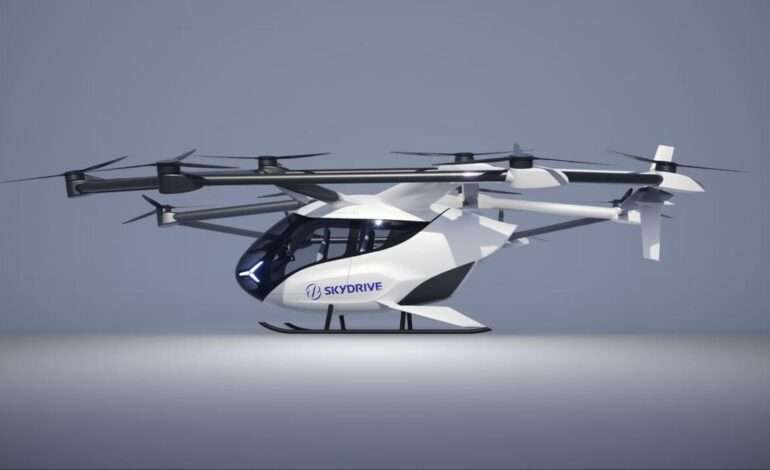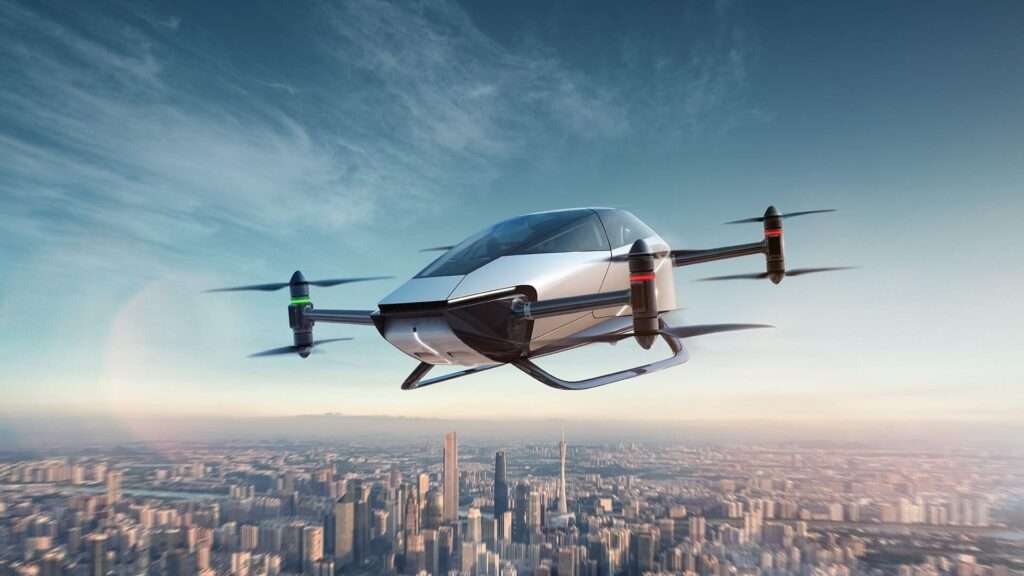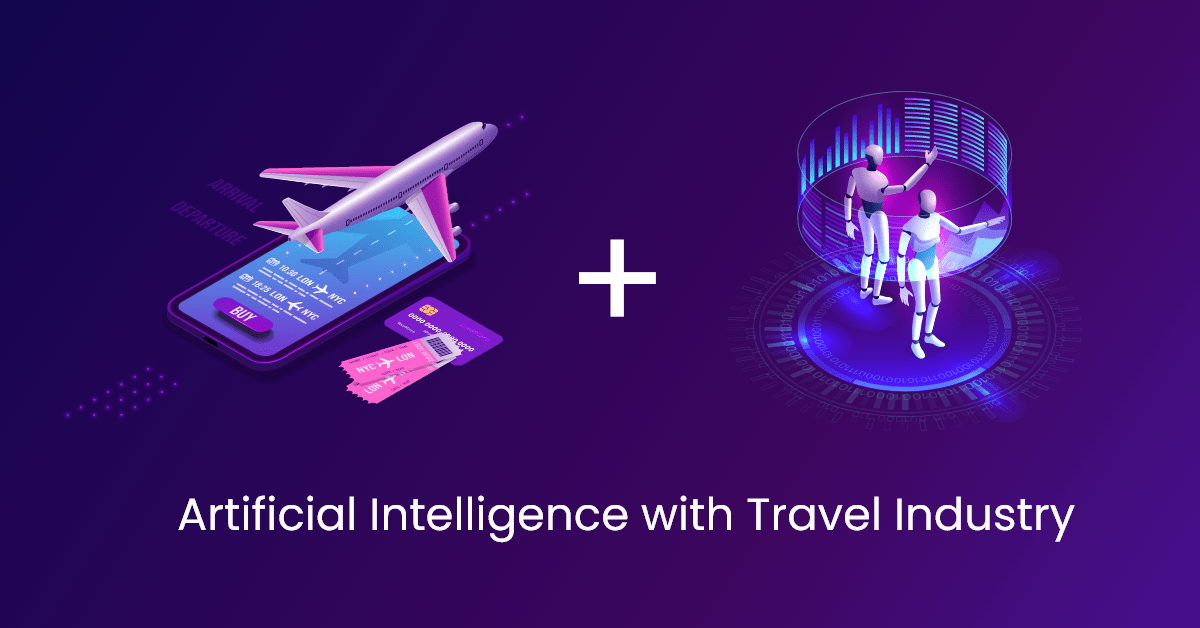Exploring the Future of Transportation: From Hyperloop to Flying Taxis

Transportation is undergoing a revolutionary transformation, driven by technological advancements that promise to reshape how we move from point A to point B. From the development of Hyperloop systems to the emergence of flying taxis, the future of transportation holds exciting possibilities that could fundamentally change the way we perceive distance and travel.
Hyperloop: A Vision of High-Speed Travel
The Hyperloop concept, popularized by entrepreneur Elon Musk, proposes a system of vacuum-sealed tubes through which pods can travel at incredibly high speeds. These pods would be propelled using magnetic levitation, offering a mode of transportation that is faster and more energy-efficient than traditional methods like trains or airplanes.
Advantages of Hyperloop Technology
Speed: Hyperloop pods have the potential to reach speeds of over 700 mph, drastically reducing travel times between major cities.
Energy Efficiency: By operating in a low-pressure environment and utilizing renewable energy sources, Hyperloop systems could be more environmentally friendly than other modes of transportation.
Reduced Congestion: Hyperloop networks could alleviate congestion on roads and in airports, offering a more efficient way to travel.
Flying Taxis: Urban Mobility Takes Flight

In urban areas, congestion and traffic congestion have become increasingly problematic. Flying taxis, also known as electric vertical takeoff and landing (eVTOL) aircraft, present a futuristic solution to these challenges. These vehicles, resembling oversized drones, have the potential to transport passengers quickly and directly to their destinations, bypassing traditional roadways.
The Promise of Flying Taxis
Urban Mobility: Flying taxis could offer a new dimension of mobility in densely populated urban areas, reducing commute times and easing congestion.
Environmental Benefits: Electrically powered eVTOLs could contribute to reducing carbon emissions and improving air quality in cities.
Accessibility: Flying taxis could provide greater accessibility to remote or hard-to-reach areas, enhancing connectivity and economic opportunities.
Conclusion
The future of transportation is poised to be both exciting and transformative. Technologies like Hyperloop and flying taxis hold the promise of faster, more efficient, and more sustainable modes of travel. While these innovations are still in the early stages of development, they represent significant steps toward a future where transportation is not only faster but also more accessible and environmentally friendly.
Frequently Asked Questions (FAQs)
1. Are Hyperloop systems safe?
Hyperloop systems are designed with safety as a top priority. Extensive testing and research are being conducted to ensure the safety and reliability of this mode of transportation.
2. How much will it cost to ride a flying taxi?
The cost of flying taxi rides will depend on various factors, including distance traveled, demand, and operational expenses. However, proponents believe that as the technology matures and becomes more widespread, prices could become comparable to existing transportation options.
3. Will flying taxis be noisy?
Manufacturers of eVTOL aircraft are working to minimize noise levels, but it’s likely that flying taxis will produce some sound during operation. However, advancements in electric propulsion and noise reduction technology aim to mitigate noise pollution.
4. Are flying taxis environmentally friendly?
Electrically powered flying taxis have the potential to be more environmentally friendly than traditional gasoline-powered vehicles, as they produce zero emissions during operation. However, the overall environmental impact will depend on factors such as energy sources and manufacturing processes.
5. When can we expect to see Hyperloop and flying taxis in operation?
While prototypes and test projects are already underway, widespread implementation of Hyperloop and flying taxi systems is still several years away. Regulatory approvals, infrastructure development, and public acceptance are among the factors that will influence the timeline for these technologies.








